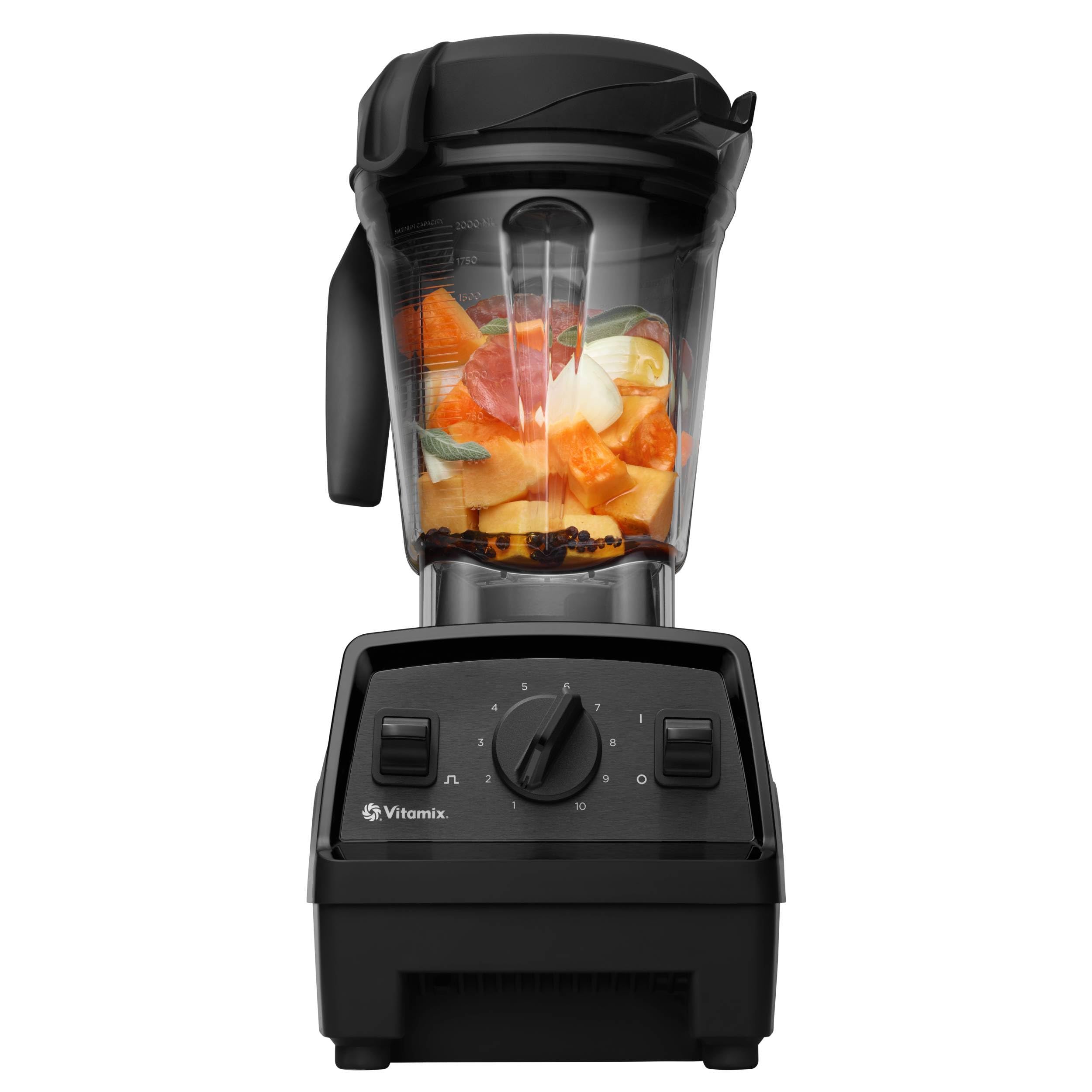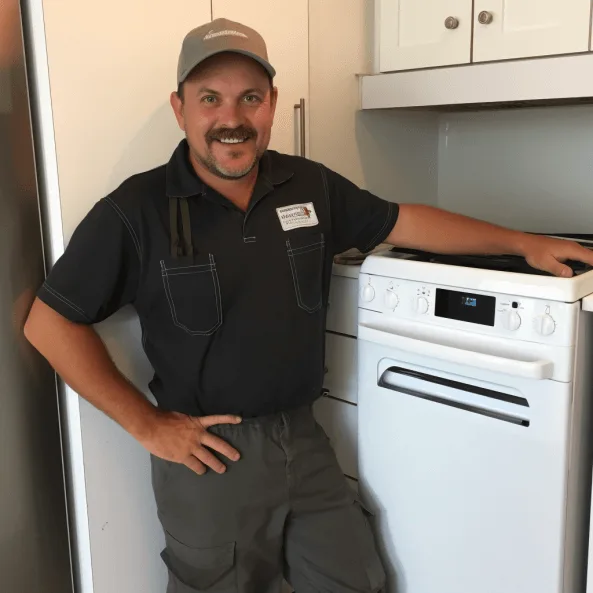Is your Nest thermostat acting up and your heat pump just won’t cooperate? You’re not alone. Many homeowners face this frustrating issue, especially during chilly months when a warm home is essential.
Key Takeaways
- Understanding Compatibility: Ensure your Nest thermostat is compatible with your heat pump to avoid issues, and use the Nest compatibility checker for verification.
- Common Signs of Problems: Look for indicators such as inconsistent temperatures, unusual noises, and error messages on your Nest thermostat to diagnose issues early.
- Thermostat Settings: Double-check that the thermostat is set to “Heat” mode and that the temperature is adjusted above room temperature to enable the heat pump.
- Regular Maintenance: Schedule annual professional check-ups and replace air filters regularly to maintain system efficiency and prevent future issues.
- Know When to Seek Help: Contact a professional for frequent system errors, unusual noises, ice buildup, or when troubleshooting fails to resolve heating issues.
Overview of Nest Thermostat and Heat Pumps
Nest thermostats provide a smart, user-friendly way to control your home’s heating and cooling systems, including heat pumps. These devices learn your schedule and preferences, adjusting temperatures automatically for comfort and energy efficiency.
Heat pumps function by transferring heat rather than generating it. In winter, they draw heat from the outside air or ground and move it indoors. In summer, they reverse the process, cooling your home by transferring heat out.





When combined, Nest thermostats and heat pumps can optimize your home’s environment. However, issues may arise, impacting performance. Common problems include incorrect wiring, communication errors, or incompatible system components.
For example, if your Nest thermostat isn’t recognizing your heat pump, ensure you’ve selected the correct settings in the app. Verify that the thermostat is compatible with your specific heat pump model. Additionally, inspect the wiring for any loose connections that could disrupt function.
Regular maintenance also plays a crucial role. Clean or replace air filters consistently to ensure airflow is unobstructed. Schedule annual professional check-ups to maintain system efficiency and address any potentially hidden issues.
Understanding how your Nest thermostat and heat pump interact allows you to troubleshoot effectively. Identifying issues early can prevent further complications and maintain optimal home comfort.
Common Issues with Nest Thermostat Heat Pump Not Working
When your Nest thermostat and heat pump aren’t working together, it can lead to discomfort in your home. Understanding the signs of a problem and potential causes helps you resolve issues quickly.





Identifying Signs of a Problem
Look for specific indicators that your heat pump isn’t functioning as it should.
- Inconsistent Temperature: Noticeable fluctuations in room temperature often signal issues.
- Unusual Noises: Loud or strange sounds from your heat pump might indicate a malfunction.
- Error Messages: The Nest thermostat displays error codes when it encounters problems. Common codes include E9, indicating a compatibility issue, or E74, which signifies communication problems.
- System Not Turning On or Off: If your system fails to respond, troubleshooting is necessary.
Potential Causes of the Issue
Multiple factors can contribute to your Nest thermostat heat pump issues.
- Incorrect Wiring: Miswiring during installation can prevent the thermostat from communicating with the heat pump.
- Compatibility Issues: Not all heat pumps work with Nest products. Verify compatibility via the Nest compatibility checker.
- Settings Misconfiguration: Ensure correct settings in the Nest app. Incorrect adjustment can lead to malfunctioning.
- Power Supply Problems: A tripped circuit breaker or blown fuse can disrupt your system’s performance. Check your electrical panel.
- Faulty Heat Pump: Wear and tear over time can lead to heat pump failure. Schedule a professional inspection when needed.
By recognizing these signs and understanding potential causes, you can address the problems efficiently and maintain optimal home comfort.
Troubleshooting Steps for Nest Thermostat Heat Pump
Use these troubleshooting steps to resolve issues with your Nest thermostat and heat pump effectively. Following them systematically can help maintain your home’s comfort.
Checking Thermostat Settings
- Confirm Mode: Ensure your Nest thermostat is set to “Heat” mode. If it’s in “Off” or “Cool,” the heat pump won’t activate.
- Adjust Temperature: Increase the temperature setting above the current room temperature to trigger the heat pump.
- Verify Schedules: Check any programmed schedules. Ensure that the settings align with your desired heating times.
- Enable Heat Pump: Confirm that the heat pump option is activated in the Nest settings. This selection allows the thermostat to control the heat pump correctly.
Inspecting Heat Pump Functionality
- Check Outdoor Unit: Inspect the outdoor heat pump unit for ice buildup or debris. Clear any obstructions to allow proper airflow.
- Listen for Noises: Pay attention to any unusual sounds. If you hear clanging or grinding, these may signal mechanical issues.
- Temperature Checks: Feel the air coming from the vents. If the air feels cold instead of warm, the heat pump may not be functioning properly.
- Look for Error Messages: Monitor the Nest display for any error codes. Refer to the user manual for specific troubleshooting related to those codes.
- Power Supply Check: Make sure the thermostat and heat pump are receiving power. Disconnect the thermostat for a few minutes, then reconnect it to reset.
- Inspect Connections: Carefully examine the wires connected to the Nest thermostat. Ensure they are securely attached and not damaged.
- Examine Compatibility: Confirm that your heat pump system is compatible with the Nest thermostat model. Use Google’s compatibility checker for verification.
- Professional Help: If any irregularities in wiring exist, consider contacting a qualified technician. They can safely diagnose and resolve wiring issues.
By following these steps, you can efficiently troubleshoot issues with your Nest thermostat and heat pump system, promoting consistent home comfort.





When to Call a Professional
You can troubleshoot many issues with your Nest thermostat and heat pump. However, some situations require professional help. Consider contacting a technician in the following scenarios:
Frequent System Errors
If your Nest thermostat displays frequent error messages, professional assistance can help. These errors may indicate wiring issues or compatibility concerns that require an expert’s input.
Inconsistent Temperatures
When your home experiences drastic temperature fluctuations and troubleshooting hasn’t resolved the issue, it’s time to call a professional. An HVAC technician can investigate underlying problems with your heat pump or thermostat.
Unusual System Noises
If your heat pump produces strange sounds, such as grinding or hissing, it signals a potential malfunction. Technicians can diagnose these noises and provide necessary repairs.
Ice Formation on the Heat Pump
Ice buildup on the outdoor unit can hinder efficiency. If ice forms frequently, a technician should assess the heat pump’s performance and the system’s refrigerant levels.
System Doesn’t Start or Stop
If your system fails to start or shut off, despite troubleshooting efforts, you should seek professional help. This can indicate serious wiring or operational issues that require an expert’s examination.
Recent System Changes
If you recently installed a new heat pump or Nest thermostat and experience problems, a professional can verify proper installation and compatibility. They’ll ensure the devices work together effectively.
Regular Maintenance Needs
Schedule an annual check-up with a technician to ensure optimal performance of your thermostat and heat pump. They can provide necessary maintenance and identify potential issues before they escalate.
Professional technicians possess the knowledge and tools to tackle complex issues, ensuring your HVAC system runs smoothly and efficiently. Don’t hesitate to reach out when challenges arise.
Conclusion
Staying warm and cozy at home shouldn’t feel like a battle. By keeping an eye on your Nest thermostat and heat pump, you can catch issues early and maintain a comfortable environment. Regular maintenance and troubleshooting can go a long way in preventing headaches down the road.
If things still aren’t working as they should after your efforts don’t hesitate to reach out to a professional. They can help you get your system back on track and ensure your home remains a haven of comfort. Remember you deserve a warm home without the stress.
Frequently Asked Questions
What issues can arise with Nest thermostats and heat pumps?
Common issues include incorrect wiring, communication errors, inconsistent temperatures, unusual noises, and the system failing to turn on or off. These problems often stem from compatibility issues, misconfigured settings, or faulty heat pumps, especially during colder months.
How does a Nest thermostat work with a heat pump?
A Nest thermostat learns user preferences and optimizes temperature settings for comfort and energy efficiency. It communicates with the heat pump to transfer heat from outside air or ground, ensuring effective heating and cooling of your home.
What are some troubleshooting tips for Nest thermostats?
Start by checking thermostat settings and compatibility with your heat pump. Inspect the heat pump’s functionality and ensure it’s receiving power. Regular maintenance, like cleaning air filters, can also prevent many issues.
When should I consider calling a professional?
You should call a professional for frequent system errors, inconsistent temperatures, unusual noises, ice formation on the heat pump, or if the system fails to start or stop. Technicians can help with complex issues and perform necessary maintenance.
How can I maintain my Nest thermostat and heat pump?
Regular maintenance is key. Clean your air filters regularly, check for proper wiring and settings, and schedule routine professional inspections to ensure your HVAC system operates efficiently. This will help prevent complications and promote consistent home comfort.

Hi, I’m Charlie, and I cover all things laundry here at Appliance Mastery.
I’ve spent over eight years working on washing machines, dryers, and dishwashers. I also have a degree in mechanical engineering, which helps me understand how these appliances really work.
I try to make every guide clear and practical. If you’re stuck with a noisy dryer or a leaking washer, I’ll help you figure out what’s wrong and how to fix it.
